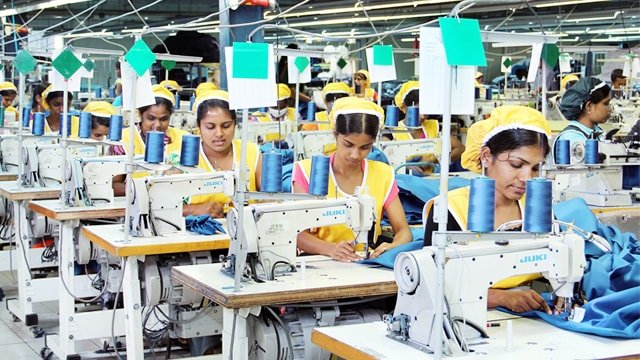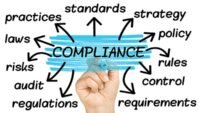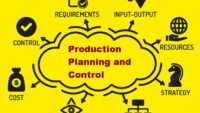Improving productivity in the apparel industry can be achieved by utilizing special tools in industrial engineering (IE). Some common tools and techniques used in IE to improve productivity in the apparel industry include:
- Lean Manufacturing: Lean Manufacturing is a set of principles and practices aimed at reducing waste and improving efficiency in production processes. Lean tools, such as value stream mapping and 5S, can be used to identify and eliminate inefficiencies in the apparel production process.
- Workplace Organization: Workplace organization can help to improve productivity by reducing the time and effort required to perform tasks, such as setting up and cleaning equipment, and organizing materials and supplies.
- Ergonomics: Ergonomic principles can be used to design workstations and tasks that are better suited to the physical capabilities of workers, reducing the risk of injury and improving efficiency.
- Total Productive Maintenance (TPM): TPM is a proactive maintenance approach that involves all employees in the maintenance of equipment and facilities. This can help to improve equipment reliability and reduce downtime, leading to increased productivity.
- Process Simulation: Process simulation tools can be used to model and analyze production processes, allowing companies to identify bottlenecks, evaluate the impact of changes, and optimize processes to improve efficiency.
- Time and Motion Studies: Time and Motion Studies involve analyzing and measuring the time it takes for workers to perform specific tasks, and then identifying ways to reduce that time and improve efficiency.
- Statistical Process Control (SPC): SPC is a statistical method used to monitor and control production processes, by analyzing data and identifying trends. This can help to identify and correct problems before they become significant, improving overall productivity.
- Capacity Planning: Capacity planning involves analyzing the production capacity of a company and determining the optimal production schedule that meets customer demand while utilizing resources efficiently.
- Line Balancing: Line balancing involves organizing the production process to ensure that tasks are performed in an efficient and balanced manner, reducing wait times and increasing productivity.
- Kaizen: Kaizen is a continuous improvement approach that involves all employees in identifying and implementing small, incremental improvements to processes, leading to significant gains in productivity over time.
By utilizing these tools and techniques, companies in the apparel industry can improve their productivity, reduce costs, and increase their competitiveness.
Md.Mahbub-Ul Islam
RMG Consultant & Researcher





